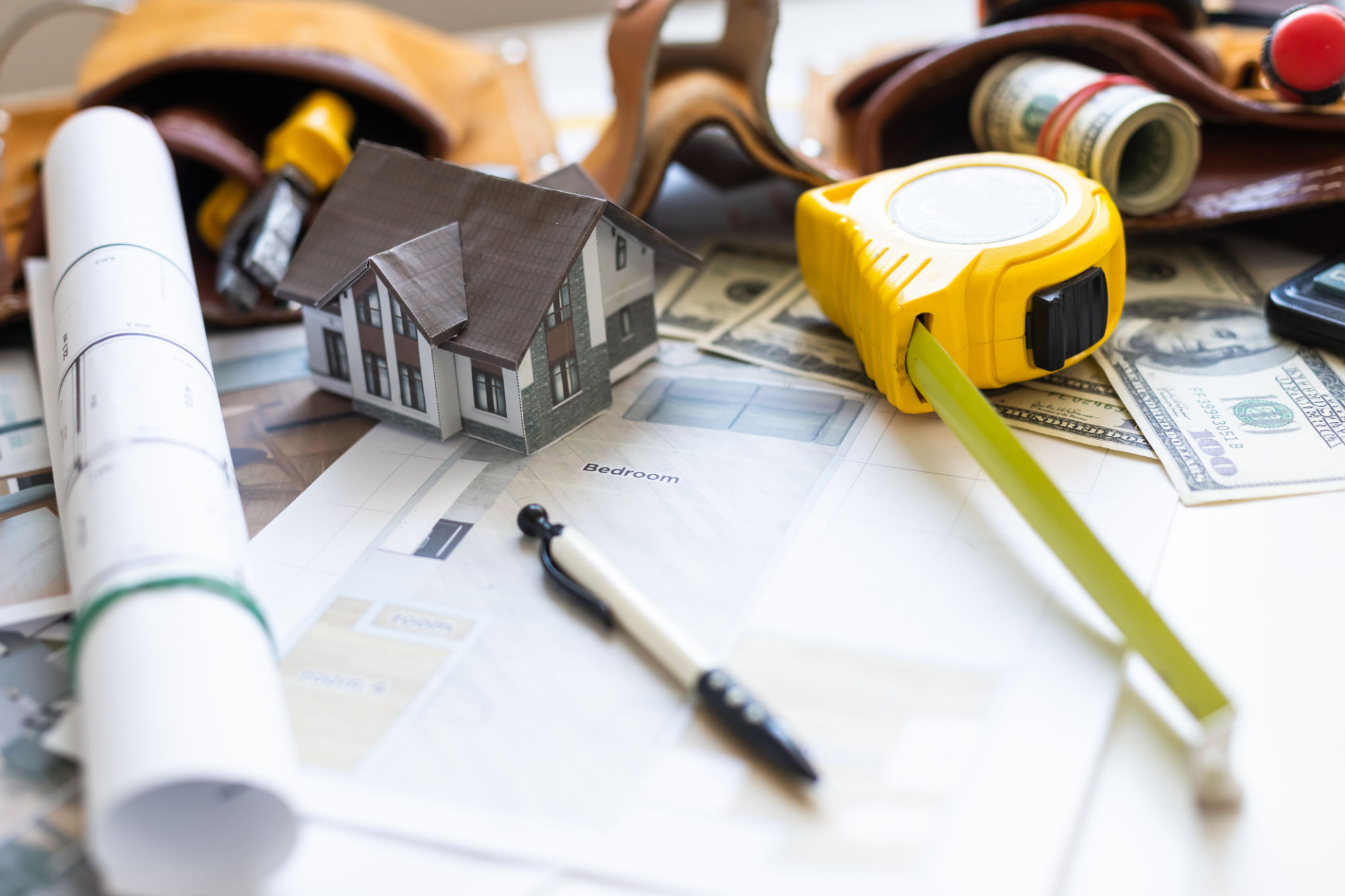Myth-Busting: Common Misconceptions About Energy-Efficient Homes
T3
Understanding Energy-Efficient Homes
In recent years, energy-efficient homes have become a topic of great interest among homeowners and environmental enthusiasts alike. However, along with the growing popularity come several myths and misconceptions that can lead to misunderstandings about what these homes truly offer. Let's delve into some of the most common misconceptions and uncover the truth behind them.

Myth 1: Energy-Efficient Homes Are Too Expensive
One of the most pervasive myths is that energy-efficient homes are prohibitively expensive to build or upgrade. While it's true that initial investments might be higher compared to traditional homes, these costs are often offset by long-term savings on energy bills. Homeowners can expect to see significant reductions in their utility costs, often recouping the initial expenses over time.
Moreover, there are numerous incentives and rebates offered by governments and utility companies to encourage energy-efficient upgrades, making it more affordable than many people realize. These programs can dramatically reduce the upfront costs, making energy-efficient homes accessible to a wider range of people.
Myth 2: Energy Efficiency Means Sacrificing Comfort
Another common misconception is that energy-efficient homes are less comfortable than traditional homes. In reality, energy-efficient homes are designed to maintain a consistent and comfortable indoor temperature throughout the year. Features such as high-quality insulation, advanced windows, and efficient HVAC systems work together to enhance comfort while reducing energy usage.

By using modern technology and smart design principles, these homes can provide a cozy environment without compromising on comfort. In fact, many homeowners find that their energy-efficient homes offer improved air quality and better temperature control compared to conventional homes.
Myth 3: Only New Homes Can Be Energy-Efficient
There's a belief that only newly constructed homes can be energy-efficient, but this is far from the truth. Existing homes can undergo various upgrades to improve their energy efficiency. Simple changes such as sealing leaks, adding insulation, or installing energy-efficient appliances can significantly enhance an older home's performance.
Furthermore, retrofitting an existing home with renewable energy sources like solar panels or geothermal heating can further reduce its environmental impact. These improvements not only increase a home's efficiency but also its value on the real estate market.

Myth 4: Energy-Efficient Homes Look Unattractive
Many people assume that energy-efficient homes have a certain "look" that might not be aesthetically pleasing. However, energy efficiency does not dictate a home's style or appearance. Modern design techniques allow for the integration of energy-efficient features without sacrificing aesthetics.
From sleek contemporary designs to classic architectural styles, energy-efficient technologies can be seamlessly incorporated into any home design. This flexibility ensures that homeowners do not have to compromise on their personal taste or the architectural integrity of their residence.
The Reality of Energy-Efficient Living
Debunking these myths helps to pave the way for more informed decisions when it comes to building or upgrading homes for energy efficiency. It's essential to understand that energy-efficient homes offer numerous benefits, including cost savings, improved comfort, and reduced environmental impact.
By separating fact from fiction, homeowners can make educated choices that contribute to a sustainable future while enjoying the numerous advantages that energy-efficient homes provide. Whether you're building new or upgrading an existing property, embracing energy efficiency is a smart decision for both the planet and your wallet.
